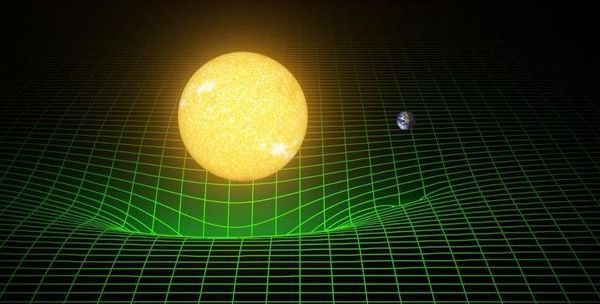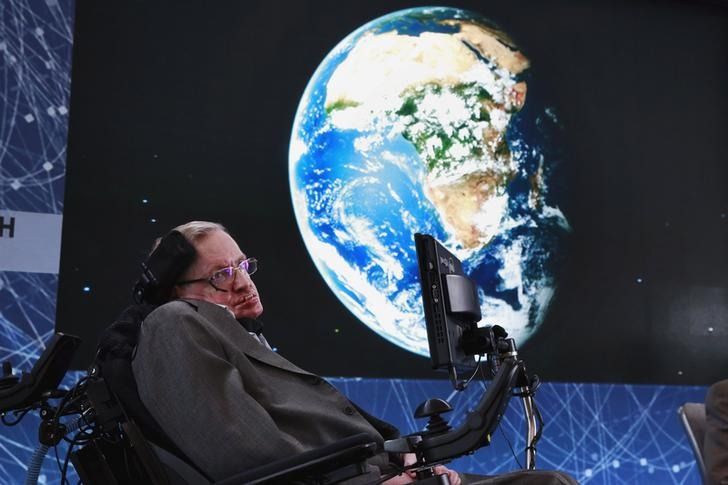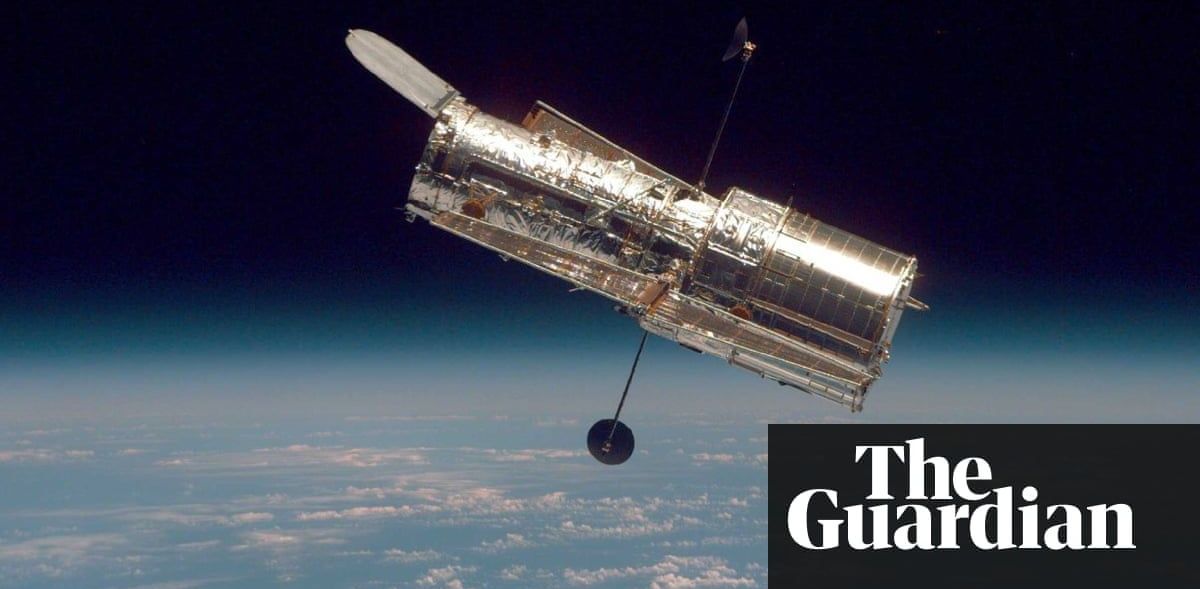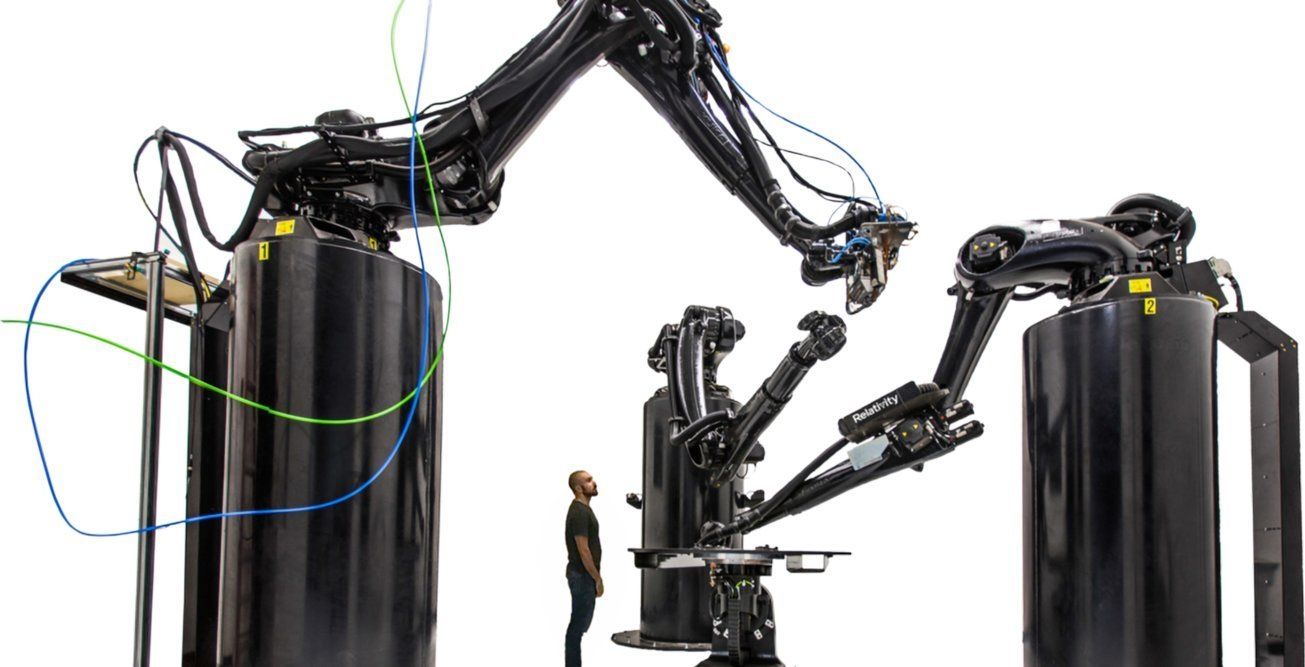If antimatter falls up instead of down, countless sci-fi dreams will become scientific reality.



In this interview, Vera Gorbunova, Professor of Biology at the University of Rochester and a co-director of the Rochester Aging Research Center, talks about our current understanding of the mechanisms behind the longevity and genome stability of exceptionally long-lived mammals and how this knowledge could be used to create therapies to extend healthy human lifespan.
The interview was made by Steve Hill and Elena Milova, members of the board of Lifespan.io.
►This video is presented by LEAF. Please support us by becoming a “Lifespan Hero”: http://lifespan.io/hero



That is changing. This month fast.ai, an education non-profit based in San Francisco, kicked off the third year of its course in deep learning. Since its inception it has attracted more than 100,000 students, scattered around the globe from India to Nigeria. The course and others like it come with a simple proposition: there is no need to spend years obtaining a phd in order to practise deep learning. Creating software that learns can be taught as a craft, not as a high intellectual pursuit to be undertaken only in an ivory tower. Fast.ai’s course can be completed in just seven weeks.
Treating it like a craft is paying dividends.
Education is about progress, not exam results.
Japan’s first digital art museum makes visitors a part of the installation.
